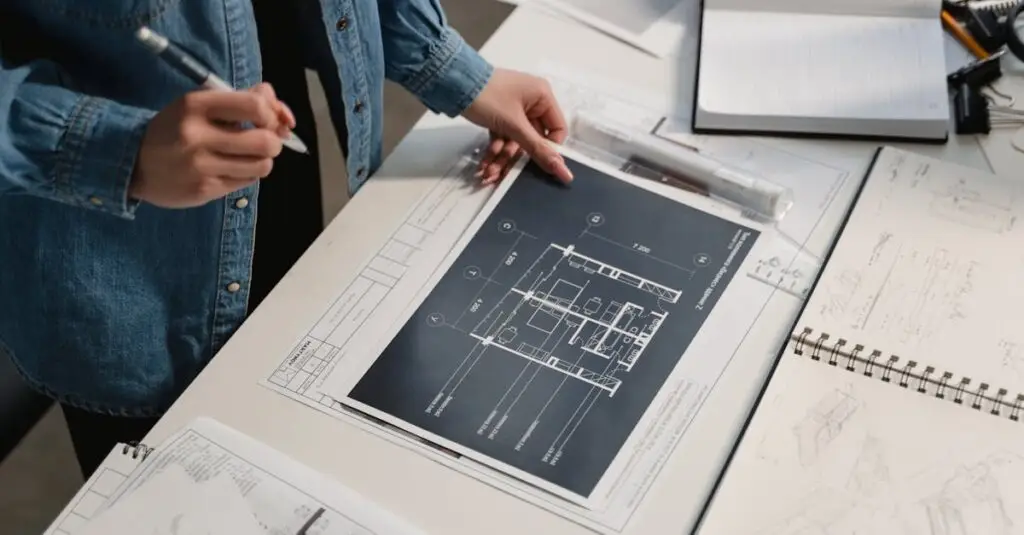Sustainable Process Design: The Challenge We All Face
Ever felt overwhelmed by the idea of redesigning processes that could set off a chain reaction throughout your shared services organization?
Maybe you’re juggling multiple projects, all demanding your time and attention. It’s a lot, right? I get it.
We’re all looking for ways to streamline operations. We want efficiency without the chaos. That’s where sustainable process design comes in. It’s about being smart, not just busy. It’s about crafting processes that can endure and evolve for the long haul.
What Is Sustainable Process Design?
Sustainable process design means creating workflows that are not just effective but are built to last. Think of it like planting a tree that grows over time, nurturing it to adapt without needing constant replanting.
So, what’s the big picture?
- Lower operational costs.
- Improved service delivery.
- Enhanced team morale.
These aren’t just buzzwords; they directly impact your day-to-day operations and overall success in shared services.
Steps to Achieve Sustainable Process Design
Here’s how to tackle this head-on:
Assess Your Current Systems
Look around. What’s working? What’s not? Use feedback from your team—yes, those associates and process experts around you are a gold mine of insights.
- Identify bottlenecks.
- Gather pain points from team members.
Define Clear Objectives
Set clear and achievable goals. Aim for a direction that everyone can align with. When you’re all on the same page, it’s easier to make meaningful changes.
Involve Your Team
Your team is a valuable resource. Hosting brainstorming sessions can spark creativity. Make them feel like they’re part of this journey. We all want to be heard.
Design with Agility in Mind
This is where real transformation happens. Create processes that can adapt to external influences and changes within the organization. Think of Agile methodologies:
- Iterate often.
- Be open to tweaks.
Processes shouldn’t be set in stone. They should flow and evolve.
Implement and Test
It’s go time! Roll out your new design and initially test it within smaller teams. Monitor performance. Gather metrics. And don’t hesitate to pivot if necessary. Adjust and improve.
Gather Feedback and Refine
The feedback loop doesn’t stop after implementation. Keep dialogue open and continuously solicit input from your team. This will make them feel valued and invested.
Document Everything
Why? Because you want to create a culture of knowledge sharing. Documentation of processes is vital. It’s your roadmap for future teams or any bumps in the road.
Why This Matters in Shared Services Transformation
This isn’t just about designing processes. It’s about paving the way for a larger shift—a transformation that impacts every element of your shared services organization.
Think about how this sustainable approach can enhance your efficiency levels. When processes are streamlined, you’re not just saving time; you’re freeing up resources to tackle innovative projects.
A Personal Story: My Journey with Sustainable Process Design
Years ago, I was part of a massive shared service initiative. We inherited a mountain of legacy processes. Honestly, it felt like going uphill without a map. We started with small teams focused on pain points.
One little change in a single workflow led to less time spent on manual entries. Before we knew it, we had the breathing room to innovate—a ripple effect that started with sustainable process design.
It transformed not only our approach but fundamentally changed how our teams operated. That’s the power of sustainability.
Keep It Real, Keep It Engaging
Don’t forget that human element. Every process affects someone. The aim isn’t just to streamline; it’s to create an environment where everyone thrives.
Recognize the effort, celebrate the milestones, and remember: change doesn’t happen overnight. It’s a journey.
Final Thoughts: Embrace Sustainable Process Design
In the fast-paced world of shared services, embracing sustainable process design is not an option; it’s a necessity. You’ll see not just improvement in performance, but you’ll foster an engaged team culture that’s ready to tackle challenges with you.
If you’re new to this, don’t worry. Start small and scale up. See what works for your team. Keep your eyes open for resources, discussions, and insights on sustainability on THEGBSEDGE. We’re in this together.
Let’s keep our processes alive and thriving, just like the organizations we help.


